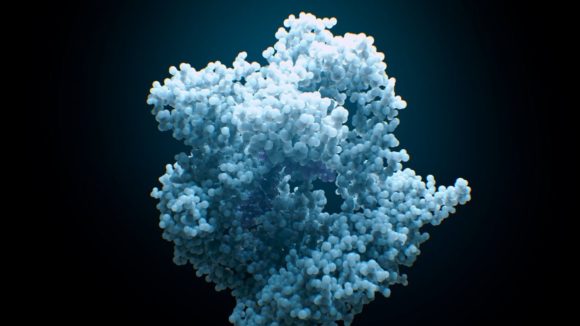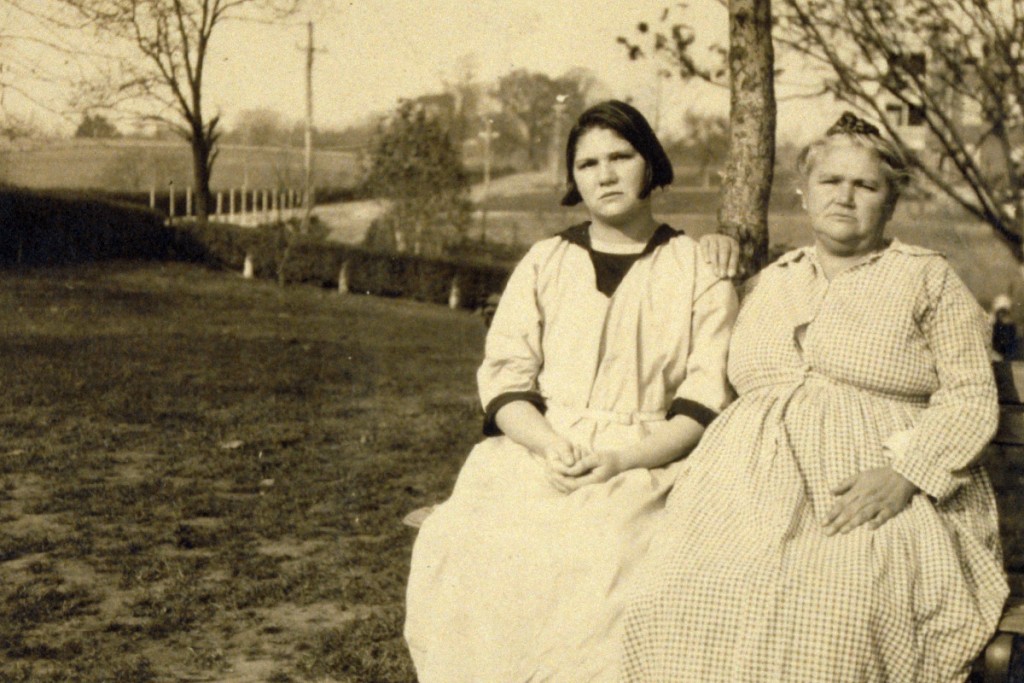Watching Human Nature, directed by Adam Bolt, for New Scientist, 27 November 2019.
Mature and intelligent, Human Nature shows us how gene editing works, explores its implications and – in a field awash with alarmist rhetoric and cheap dystopianism – explains which concerns are worth losing sleep over.
This gripping documentary covers a lot of ground, but also works as a primer on CRISPR, the spectacular technology that enables us to cut and paste genetic information with something like the ease with which we manipulate text on a computer. Human Nature introduces us to key start-ups and projects that promise to predict, correct and maybe enhance the genetic destinies of individuals. It explores the fears this inspires, and asks whether they are reasonable. Its conclusions are cautious, well-argued and largely optimistic.
Writers Regina Sobel and Adam Bolt (who also directs) manage to tell this story through interviews. Key players in the field, put at their ease during hours of film-making, speak cogently to camera. There is no narration.
Ned Piyadarakorn’s graphics are ravishing and yet absurdly simple to grasp. They need to be, because this is an account hardly less complex than those in the best popular science books. As the film progressed, I began to suspect that the film-makers assume we aren’t idiots. This is so rare an experience that it took a while to sink in.
There are certain problems the film can’t get round, though. There are too many people in white coats moving specks from one Petri dish to another. It couldn’t be otherwise, given the technology involves coats, specks, Petri dishes and little else by way of props the general viewer can understand. That this is a source of cool amusement rather than irritation is largely due to the charisma of the film’s cast of researchers, ethicists, entrepreneurs, diagnosticians, their clients and people with conditions that could be helped by the technique, such as schoolboy David Sanchez, who has sickle-cell anaemia. We learn that researchers are running clinical trials using CRISPR to test a therapy for his condition.
Foundational researchers like Jennifer Doudna and Jill Banfield, Emmanuelle Charpentier and Fyodor Urnov provide star quality. Provocateurs like Stephen Hsu, a cheerful promoter of designer babies, and the longevity guru George Church are given room to explain why they aren’t nearly as crazy as some people assume.
Then the bioethicist Alta Charo makes the obvious but frequently ignored point that the Brave New World nightmare CRISPR is said to usher in is a very old and well-worn future indeed. Sterilisations, genocide and mass enslavement have been around a lot longer than CRISPR, she says, and if the new tech is politically abused, we will only have our ourselves to blame.
There is, of course, the possibility that CRISPR will let loose some irresistibly bad ideas. Consider the mutation in a gene called ADRB1, which allows us to get by on just 4 hours’ sleep a night. I would leap at the chance of a therapy that freed up my nights – but I wonder what would happen if everyone else followed suit. Would we all live richer, more fulfilled lives? Or would I need a letter from my doctor when I applied for a 16-hour factory shift?
The point, as Human Nature makes all too clear, is that the questions we should be asking about gene editing are only superficially about the technology. At heart, they are questions about ourselves and our values.


